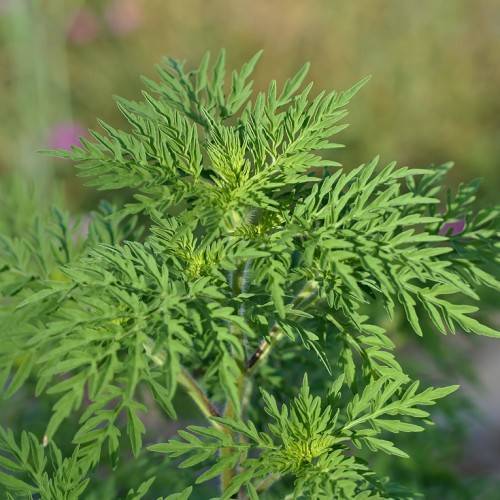
Annual Ragweed
Ambrosia artemisiifolia
Also Known As - Wild Tansy,Hog WeedWatering:
Average
Hardiness Zone:
Sun:
full sun
Leaf:
Yes
Growth Rate:
High
Salt Tolerant:
Yes
Invasive:
Yes
Tropical:
Yes
Care Level:
Medium
watering
Tropical Green Amaranth is a succulent plant that requires moderate levels of watering to maintain a healthy growth. It is best to water this species deeply, but infrequently, supplying water every 7-14 days, or when the top inch of soil feels dry. This species should ideally be watered in the early morning or late afternoon, avoiding mid-day watering.
sunlight
Tropical Green Amaranth (Amaranthus viridis) needs at least 6 hours of direct sunlight each day for optimal growth and health. It should be placed in a part of the garden that receives full sun (ideally 8-10 hours of direct sunlight) during mid-day and early afternoon. Bright indirect light for the remainder of the day will also benefit the plant.
pruning
Tropical Green Amaranth should be pruned thoughout the growing season to remove any dead or damaged portions of the plant and help it remain compact. In addition, pruning should be done on an as-needed basis (e.g. if the plant becomes leggy or straggly) to help keep it in shape. Pruning should occur just above a leaf or a node so that the plant may regenerate and not be stressed. Pruning in late spring can help the plant focus energy on vegetative growth, and pruning in late summer can help the plant focus on branching and flowering. Additionally, any seed heads should be removed to prevent the plant from self-seeding and spreading too widely.
